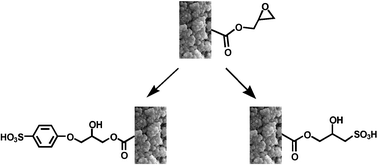Towards high capacity latex-coated porous polymer monoliths as ion-exchange stationary phases
Abstract
The preparation of high capacity agglomerated monolithic ion-exchangers for capillary ion

- This article is part of the themed collection: RACI100: Celebrating Australian Chemistry

 Please wait while we load your content...
Please wait while we load your content...